The real heiresses who inspired Downton Abbey
The dramatic lives of the dollar princesses
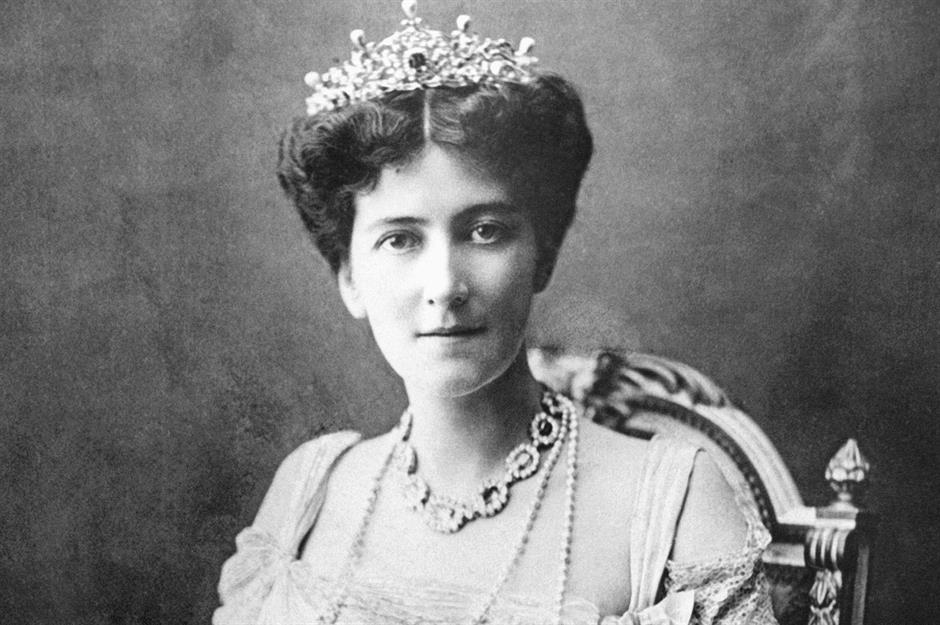
During the late 19th and early 20th centuries, the UK saw an influx of wealthy, young foreign women marrying titled Brits. Many of these women were Americans, and the 'dollar princesses', as they came to be known, were happy to exchange their riches for a chance to be part of the aristocracy.
In return the land-rich, cash-poor British aristocrat had his money woes solved. Lady Cora from Downton Abbey is a prime example of a dollar princess, and it's said show creator Julian Fellowes took inspiration from real-life members of the British aristocracy.
Read on to discover the fascinating stories of the women who left an indelible mark on British society.
Almina Herbert, Countess of Carnarvon
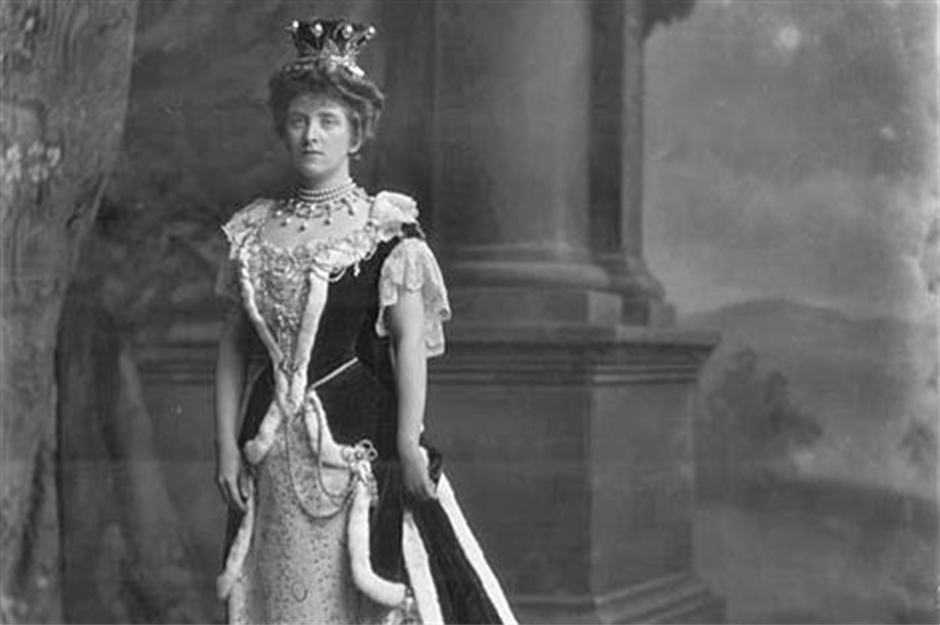
One of the main sources of inspiration for Downton Abbey's Lady Cora, Countess of Grantham (played by Elizabeth McGovern) was foreign but not actually American. Lady Almina, 5th Countess of Carnarvon, was born in Paris as Almina Wombwell and was the illegitimate daughter of banking heir Alfred de Rothschild.
Despite never publicly acknowledging paternity, he left her his very sizeable fortune. Her wealth attracted the attention of George Herbert, 5th Earl of Carnarvon, who was land-rich but struggling with huge debts. Their marriage in 1895, when Almina was just 19, saved the family estate.
Almina Herbert, Countess of Carnarvon
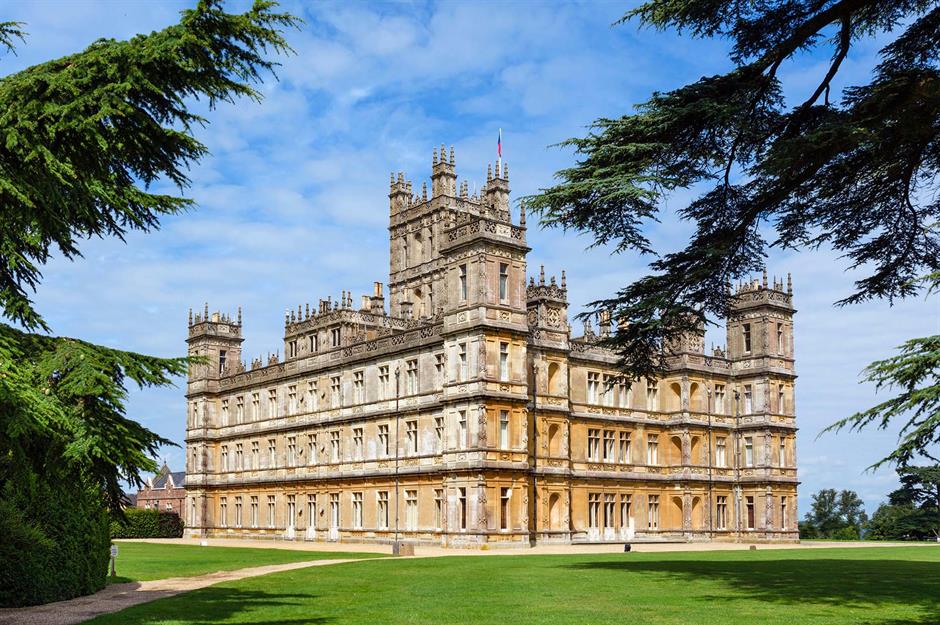
That estate was none other than Highclere Castle (pictured), the home of the fictional Crawley family in Downton Abbey. As in the show, the castle was used as a makeshift hospital for wounded officers during World War I. Almina hired more than 30 nurses and even set up an operating theatre in the castle. The patients were treated to silver-service dinners and had use of the library, where they'd play cards. After the war, Almina received hundreds of letters from appreciative former patients.
Almina was known to have expensive tastes and enjoyed extravagant spending sprees on designer clothes and jewellery. She also loved to dance and host parties. One of the first homes to install electricity, Highclere regularly saw crowds of jovial revellers dancing until sunrise. Almina's hedonistic lifestyle included a rumoured affair with Prince Victor Duleep Singh, her husband's best man, and there was even speculation that he fathered her son, the 6th Earl.
Almina Herbert, Countess of Carnarvon
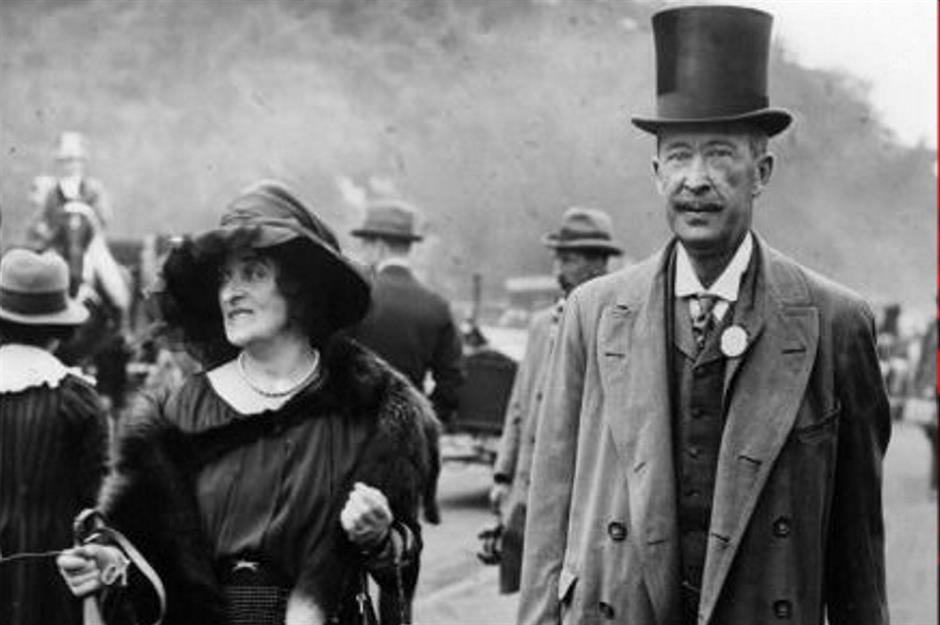
The 5th Earl was a budding Egyptologist, and after World War I Almina's inheritance funded his return to Egypt, where he was part of the group that discovered the tomb of Tutankhamun in February 1923. However, he was bitten by a mosquito and died a few weeks later.
Almina remarried just eight months later, this time to former Guards officer Ian Dennistoun, a marriage that led his ex-wife Dorothy to take them both to court for alimony. But after blowing the equivalent of $65 million (£50m) in today's money, Almina was declared bankrupt at the age of 75. She moved to a small terraced house in Bristol with no hot water, where she died after choking on a piece of chicken.
Catherine Wendell, Countess of Carnarvon
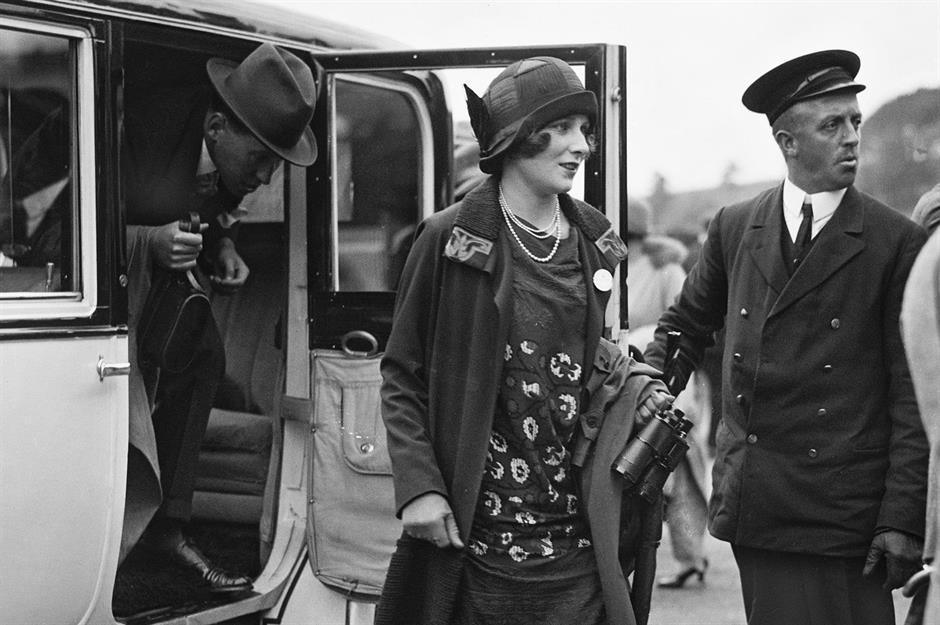
Anne Catherine Tredick Wendell was born in 1900 and came from a noted New York family. After the death of her actor father, she moved to England with her newly widowed mother and siblings. As with Downton Abbey's Crawley girls, Catherine and her sister were much sought after and had a number of potential suitors.
Catherine was particularly glamorous, and in 1918, following her debut, she received 13 marriage proposals. She eventually accepted one from Henry 'Porchey' Herbert, Lord Porchester and soon-to-be 6th Earl of Carnarvon, son of Lady Almina. However, unlike other dollar princesses, Catherine didn't come from extreme wealth; this union was founded on affection.
Catherine Wendell, Countess of Carnarvon
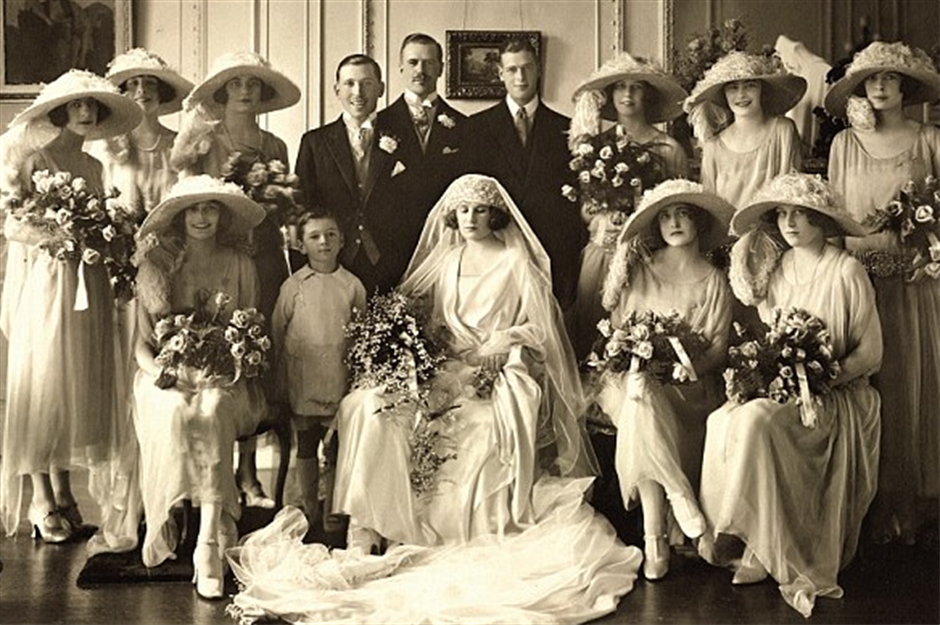
After their wedding in 1922, Catherine followed in her mother-in-law's footsteps by moving into Highclere Castle. Also like Almina, Catherine and her husband loved to host extravagant parties at the estate, entertaining the likes of the Duke and Duchess of Marlborough and the Prince of Wales.
However, the huge cost of maintaining Highclere, including its team of 80 staff members, meant the couple were forced to sell hundreds of pieces from the family's prestigious art collection. Following the outbreak of the World War II, Highclere was transformed into a home for evacuated children.
Catherine Wendell, Countess of Carnarvon
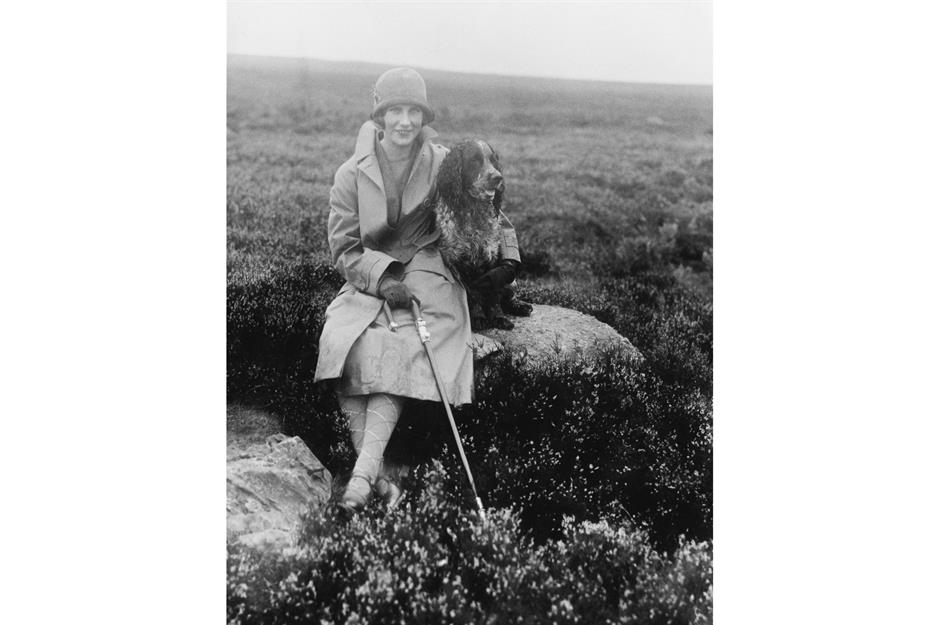
Despite having two children together, Henry and Anne, the marriage was not a happy one. The pair both had affairs, and the Earl was reportedly violent towards Catherine. Tired of her husband's dalliances, she eventually filed for divorce in 1936 and left Highclere, buying a house in London.
Her ex-husband went on to marry Austrian-born ballet dancer and actress Tilly Losch in 1947, but the union also ended in divorce. After Catherine's second husband died during World War II, she married for a third time in 1950 in a union that lasted until her death in 1977. However, her first husband is said to have attended her funeral and been moved to tears. Catherine is buried in the graveyard at Highclere Estate.
Consuelo Spencer-Churchill, Duchess of Marlborough
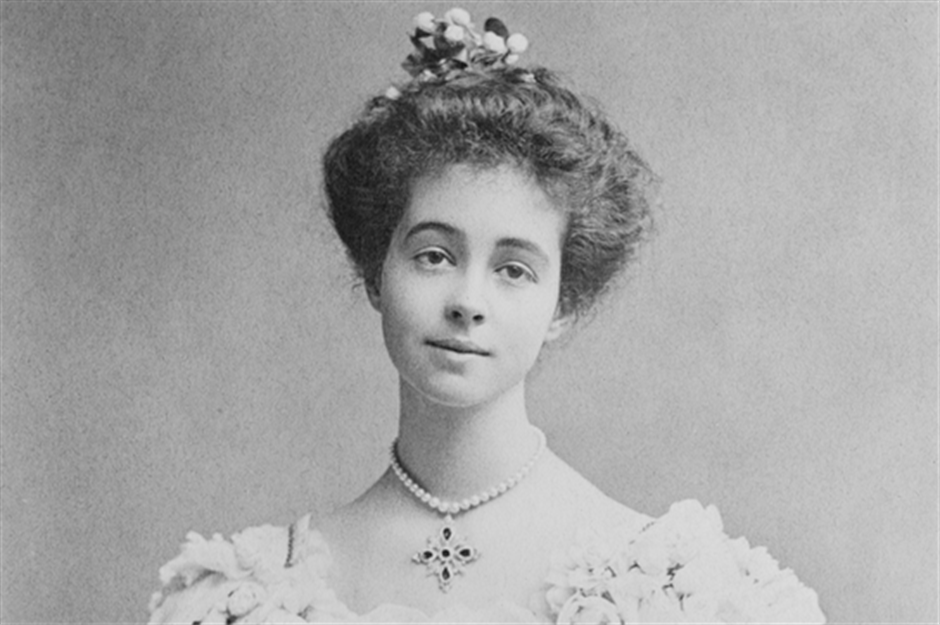
Consuelo Vanderbilt was born in New York City in 1877. Part of the extremely wealthy Vanderbilt railroad family, she was the second richest young woman in the US, worth around $4 billion (£3.1bn) in today's money. Consuelo's mother, Alva, was desperate to see her daughter married into aristocracy. Despite receiving five marriage proposals following her European debut, it was Charles Richard John Spencer-Churchill, 9th Duke of Marlborough, who won her hand. The pair became engaged in 1895.
Although the Duke was considered the most eligible peer in England at the time, the marriage was far from a love match. Consuelo had been secretly engaged to another man, but her mother had convinced her to break it off. When she arrived at the church on the morning of her wedding, a much-anticipated event with many celebrities in attendance, it was clear that she had been crying.
Consuelo Spencer-Churchill, Duchess of Marlborough
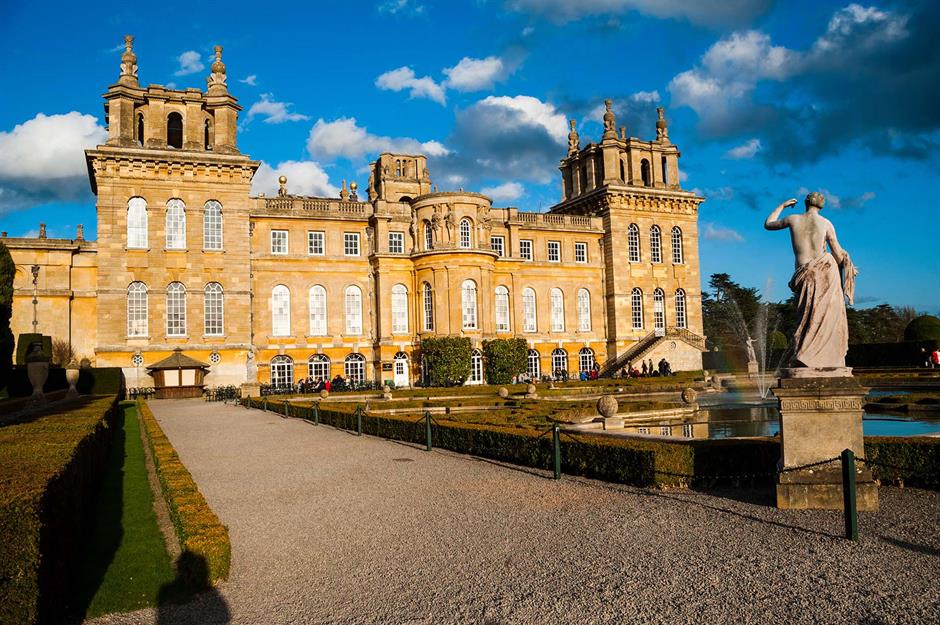
The high-profile wedding was followed closely by the press and a cartoon from the time depicted Consuelo with her hands handcuffed behind her back and a chain around her neck, held by her mother. She later wrote that her parents had locked her in her room until she agreed to go ahead with the marriage.
Consuelo's new husband also had ulterior motives when he proposed to her. The Duke had inherited the grand family estate, Blenheim Palace, in Oxfordshire but was unable to afford its upkeep. The marriage gave him access to Consuelo's great wealth and subsequently allowed him to carry out the renovations needed to restore it to its former glory. The couple began work immediately and purchased furniture and artworks in Europe on their honeymoon to fill the mansion's sparse rooms.
Consuelo Spencer-Churchill, Duchess of Marlborough
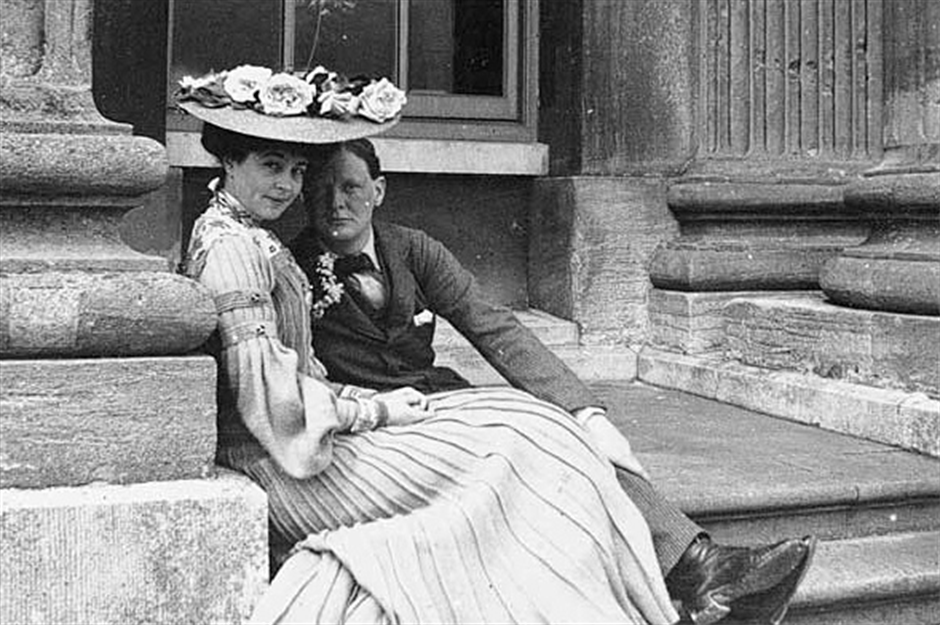
Consuelo and the Duke went on to have two sons, a fact that apparently led her to coin the infamous phrase 'an heir and a spare'. The couple remained ill-suited, however, and in 1906 Consuelo left the Duke, sending shockwaves through high society.
The divorce wasn't finalised until 1921, when she married Jacques Balsan. However, through her first marriage, Consuelo had become cousins with Winston Churchill, and the pair remained close friends until her death in 1964.
Mary Curzon, Baroness Curzon of Kedleston
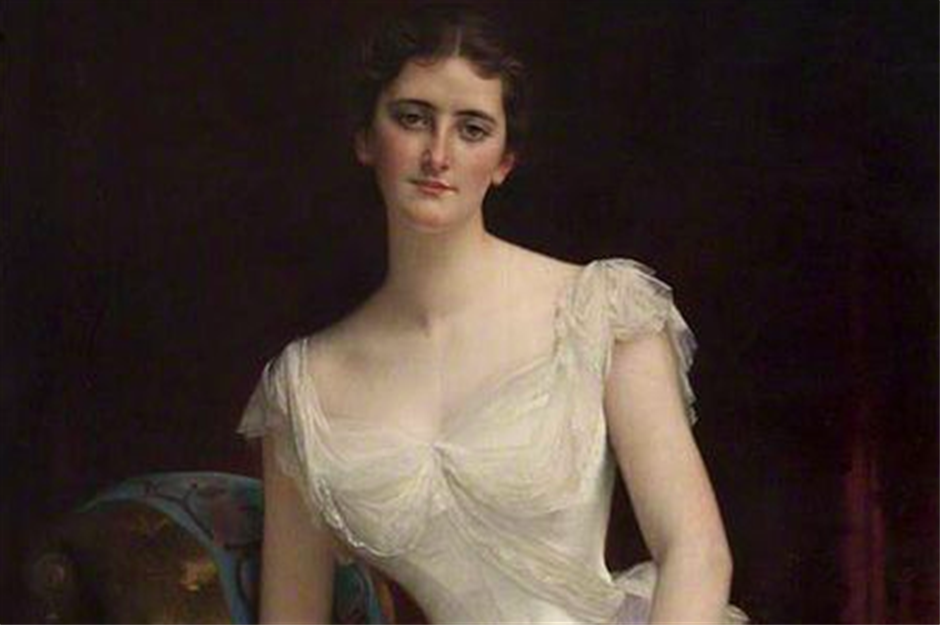
Born in Chicago in 1870, Mary Leiter was the daughter of millionaire retailer Levi Leiter. She was a bright and well-read young woman, having been taught history, maths, and chemistry by a Columbia University professor.
In 1895, she accepted a marriage proposal from Lord Curzon, a 35-year-old British MP, after the pair met at the Duchess of Westminster’s ball. Curzon was desperately in need of cash, having had an earlier proposal rejected by Lady Grosvenor, and the marriage gave him plenty.
Mary Curzon, Baroness Curzon of Kedleston
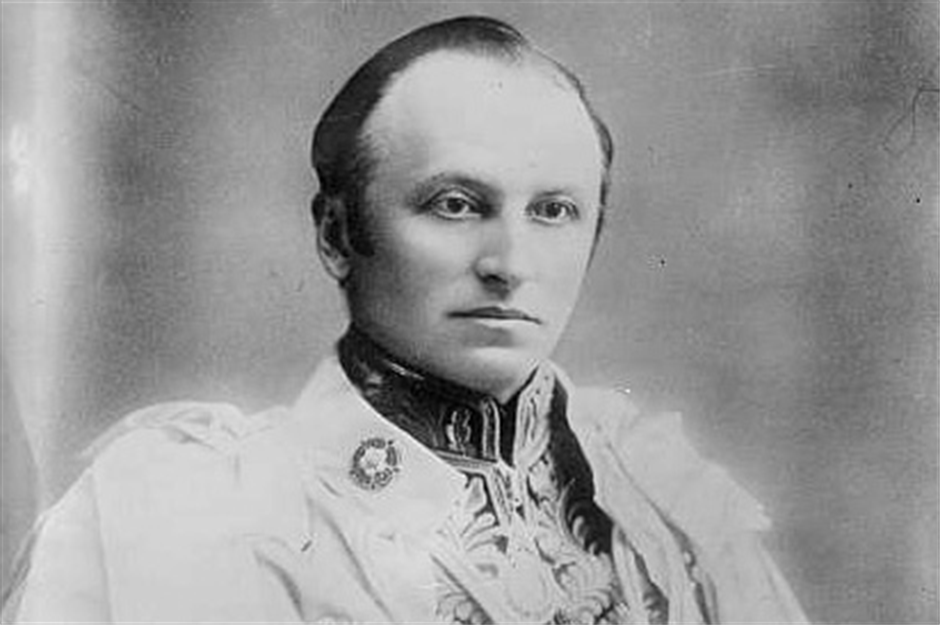
While the union had been based on a mutually beneficial exchange, Lord and Lady Curzon grew to love each other. The couple had three daughters, Mary, Cynthia and Alexandra, but failed to produce a male heir, as in Downton Abbey. Lord Curzon didn't inherit the family estate, Kedleston Hall, until 1916, so the couple's official residence was in Westminster, London.
In 1898, however, they went to live in Bombay when George was made Viceroy of India. This meant that Mary became Vicereine of India, the highest title a woman could hold there. It also gave her the highest standing of any of the dollar princesses of the time.
Mary Curzon, Baroness Curzon of Kedleston
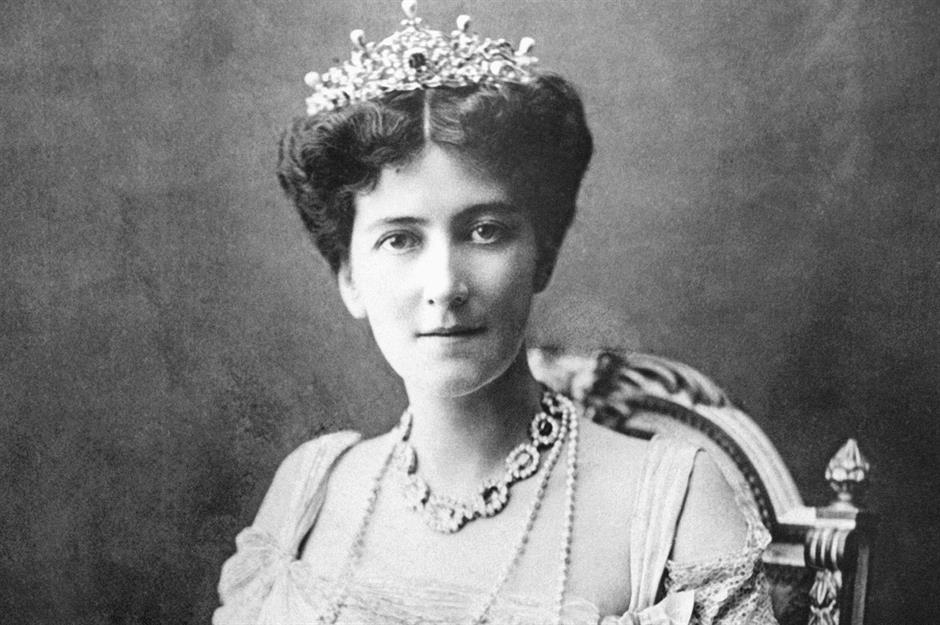
Mary's health declined throughout her time in India. She suffered a serious infection following a miscarriage and nearly died from the Spanish flu. The constant travel and demands of her as Vicereine of India exacerbated her fragile condition, and she died in 1906, aged just 36.
Lord Curzon had a memorial built at Kedleston Hall in her honour, and despite remarrying, once remarked that he wasn't afraid of dying as he'd be able to join Mary in heaven.
Frances Ellen Work Roche
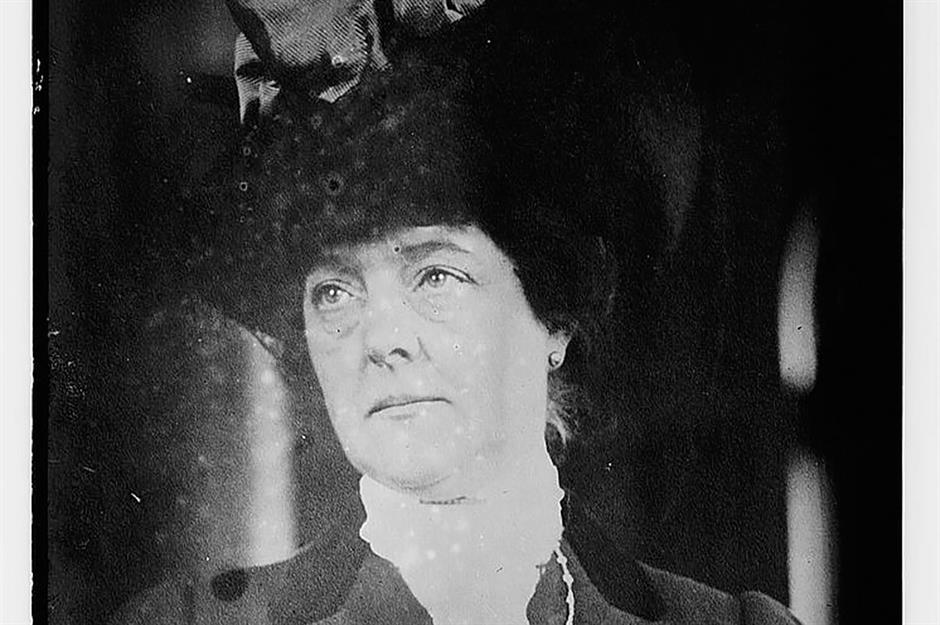
Meghan Markle is not the first American in the British royal family. Frances Ellen Work was born in New York City in 1857 and is Prince William and Prince Harry's great-great-grandmother through her great-granddaughter Princess Diana.
Known as Fannie, her father, Frank Work, was a self-made businessman who left a reported fortune of $15 million when he died in 1911, the equivalent of around $475 million (£368m) in today's money. As a young woman, Fannie was considered stunningly beautiful, cultured, and well-read.
Frances Ellen Work Roche
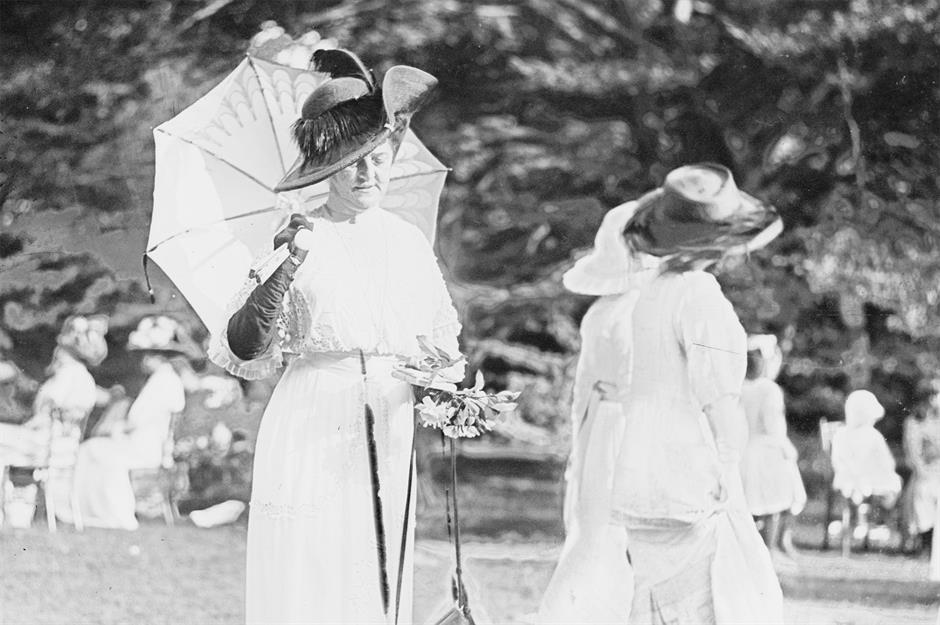
In 1880, Fannie married James Boothby Burke Roche, the son of Edmund Burke Roche, 1st Baron Fermoy. James was far from wealthy, and lived way beyond his means.
Fannie's father was unimpressed by the match, saying: "I am an American to my backbone. Therefore I have only contempt for these helpless, hopeless, lifeless men that cross the ocean to carry off the very flower of our womanhood. If I had anything to say about the matter I'd make international marriage a hanging offence." He then removed Fannie from his will.
Frances Ellen Work Roche
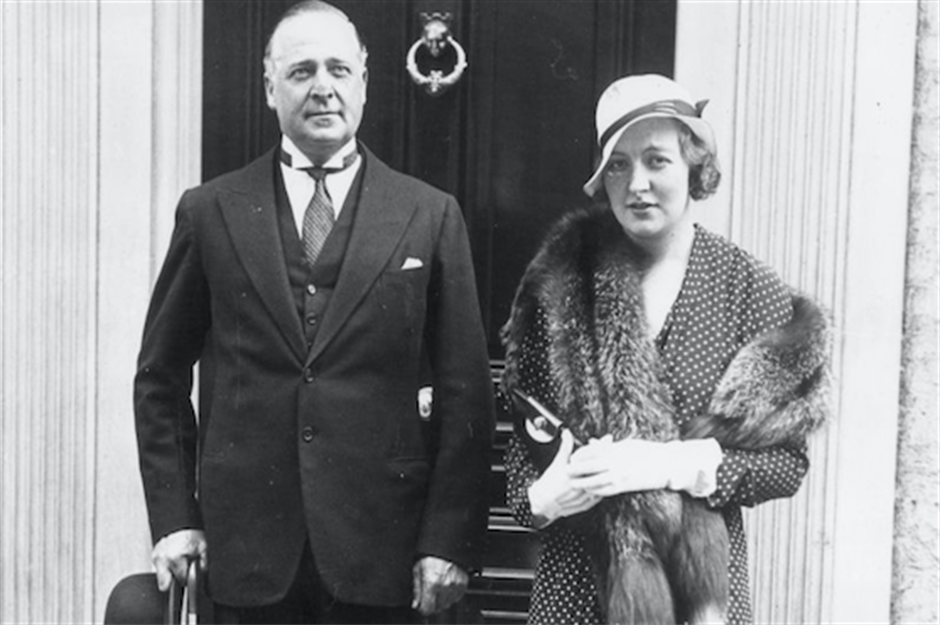
After their wedding the couple moved to Ireland, where they had four children, one of whom died in infancy. As with most dollar princess unions, their marriage was far from loving, and Fannie filed for divorce in 1891 after returning to America. Fannie was given custody of their three children, including Edmund, Princess Diana's grandfather (pictured with his wife in 1933).
In 1905, Fannie married Hungarian horseman Aurel Batonyi. Again, her father was less than impressed. When the couple divorced just two years later, it was rumoured it was because Frank Work had threatened to disinherit his daughter again if she continued the relationship. He also made her promise that she would never return to Europe. After the divorce, she used the name the Hon. Mrs Burke Roche and split her time between New York and Paris, despite her now-deceased father's wishes. Fannie died at her Fifth Avenue home in 1947, aged 89.
Lady Randolph Churchill
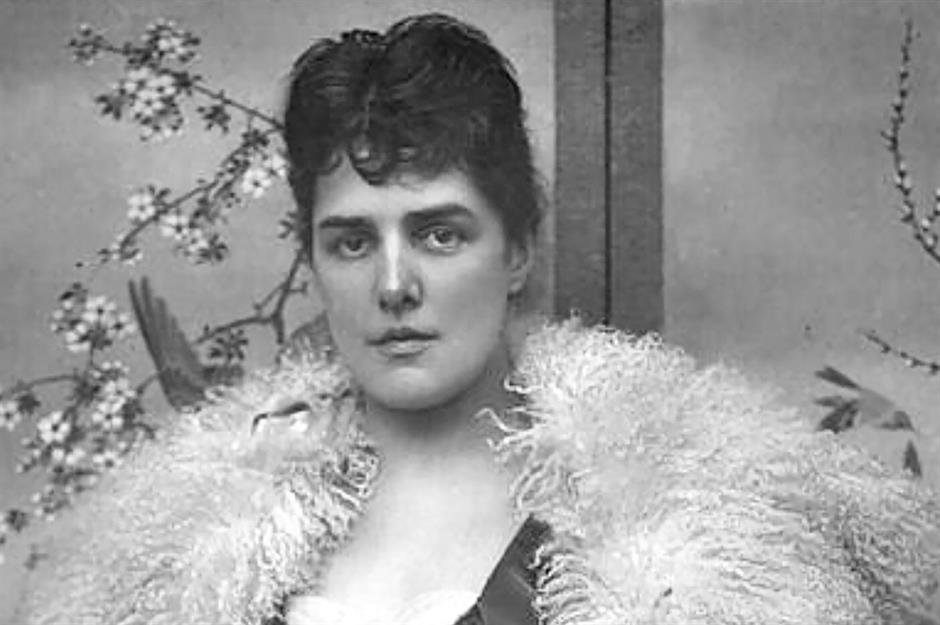
Jennie Jerome was born in Brooklyn, New York in 1854. Her father, Leonard Jerome, was a wealthy financier and sportsman, and he and his wife Clarissa gave their four daughters a very privileged upbringing. Jennie showed promise as a talented pianist in her youth, having been tutored by a friend of Chopin. She also worked as a magazine editor in her younger days.
Jennie was introduced to Lord Randolph Churchill by the Prince of Wales in 1873. The pair became engaged just three days later, much to the horror of his parents. Jennie was a socialite who reportedly had a snake tattoo, not the British noblewoman they wanted for their son. However, the Jerome family were exceedingly wealthy. After months of negotiations, the Churchills relented when Jennie's father agreed to pay a dowry equivalent to over $4.4 million (£3.4m) in today's money. The couple finally married on 15 April 1874.
Lady Randolph Churchill
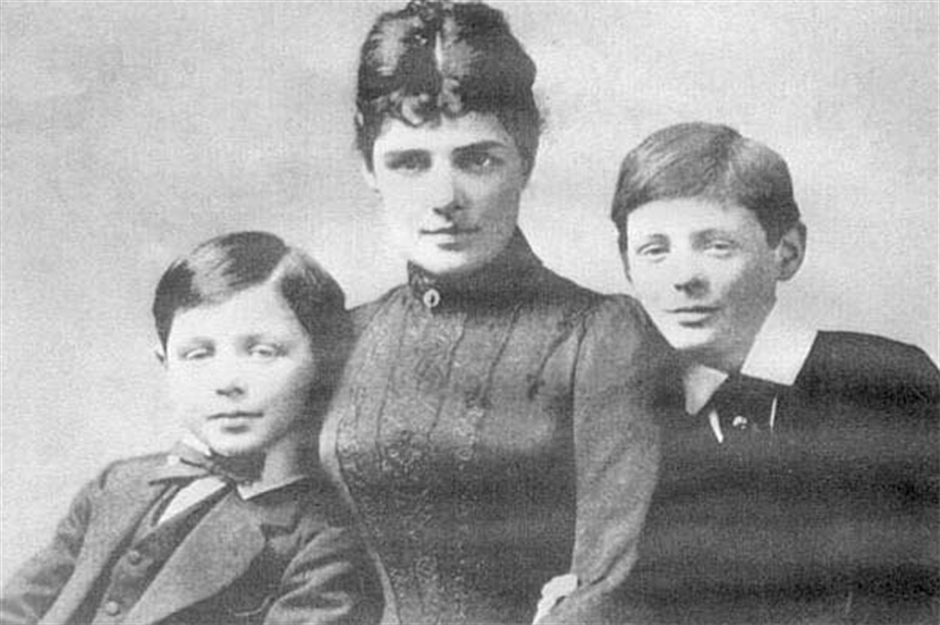
The couple had two sons; Winston and John. Winston, the future prime minister, was born less than eight months into the marriage. Speculation remains whether he was conceived before the marriage or born prematurely.
Lady Randolph became well-liked in high society thanks to her intelligence and wit. She was a favourite of Queen Alexandra despite reports that she had an affair with her husband, King Edward VII. Indeed, Lady Randolph is known to have had multiple affairs, some of which helped to advance her husband's career.
Lady Randolph Churchill
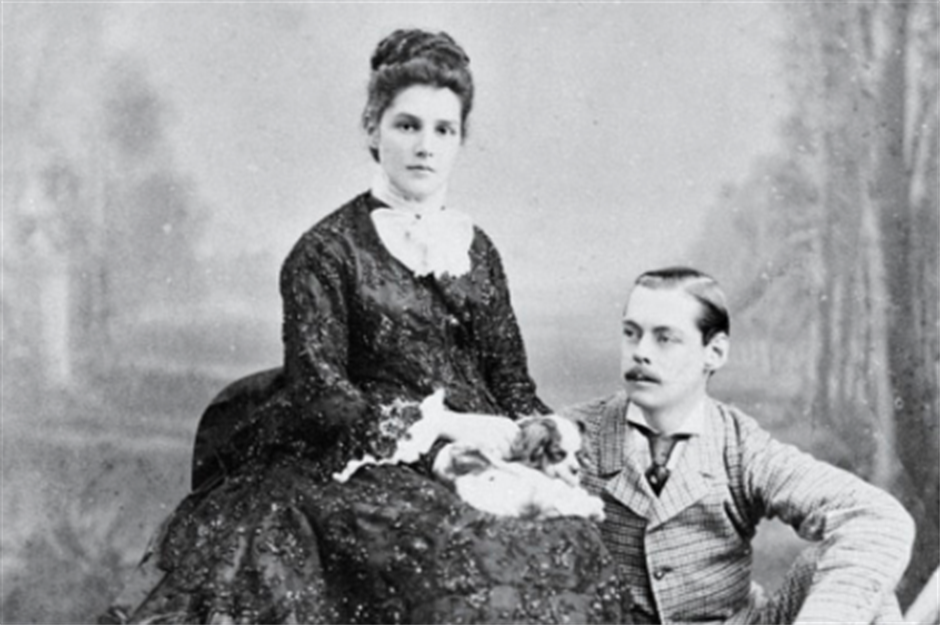
Lord Randolph died at the age of 45 in 1895 after succumbing to a mystery illness believed by some to have been syphilis. Jennie remarried twice. Although Jennie had been a hands-off mother, as was customary in high society at the time, she became closer to her son Winston in her later years, bonding over his political career.
After breaking her ankle wearing new high-heels in 1921, gangrene set in and Jennie had her left leg amputated. She died a few weeks later from a haemorrhage of an artery aged 67.
Lady Maud Cunard
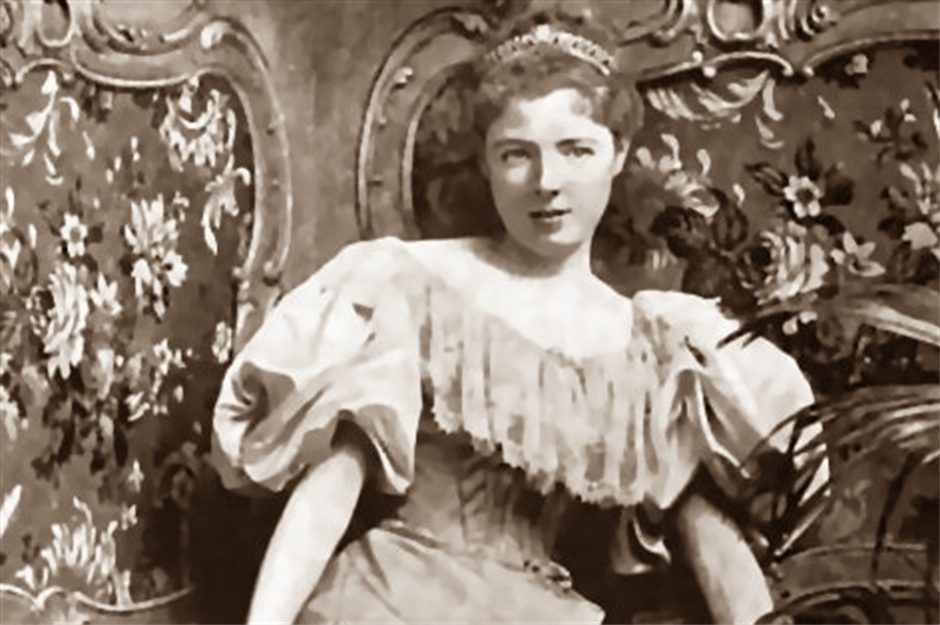
Maud Alice Burke was born in 1872 in San Francisco. Her father was the Irish-American James Burke, said to be a descendant of Irish rebel Robert Emmet. Brought up in New York, Maud developed a keen ear for classical music, and she was extremely well-read.
After being jilted by Prince André Poniatowski of Poland, she accepted a marriage proposal from Sir Bache Cunard, 3rd Baronet of Bush Hill. The pair were married in 1895 when she was 23 and he was 44.
Lady Maud Cunard
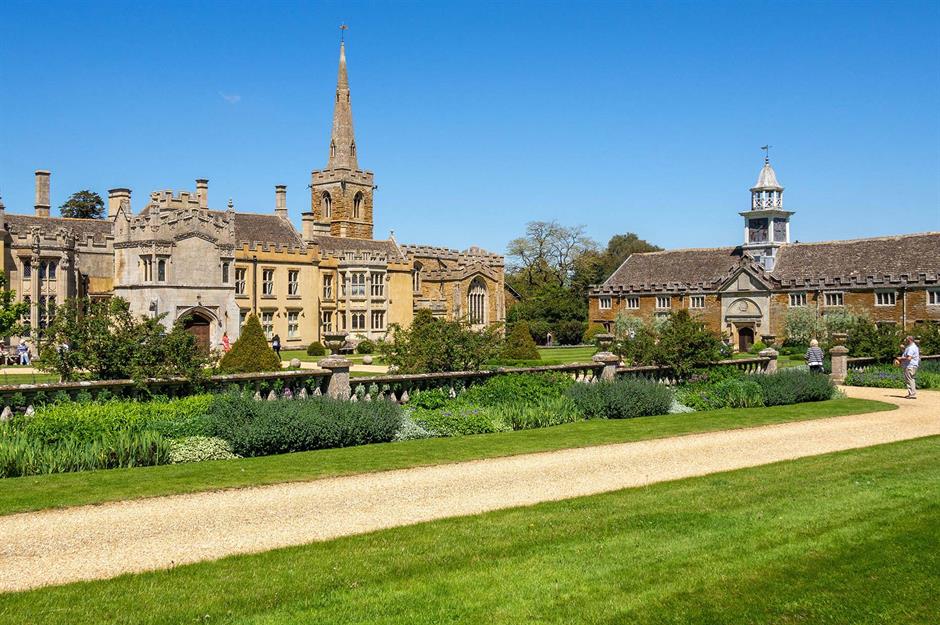
The Cunards lived at the family estate of Nevill Holt Hall in Leicestershire. In 1896 they had a daughter, Nancy, who was described as "gifted but lonely", her parents making little time for her. While the Baronet showed much affection for the new Lady Cunard, in reality, they were not compatible.
He enjoyed hunting at the country estate, while she loved to host parties. The couple formally separated in 1911, after which Lady Cunard moved to London with Nancy.
Lady Maud Cunard
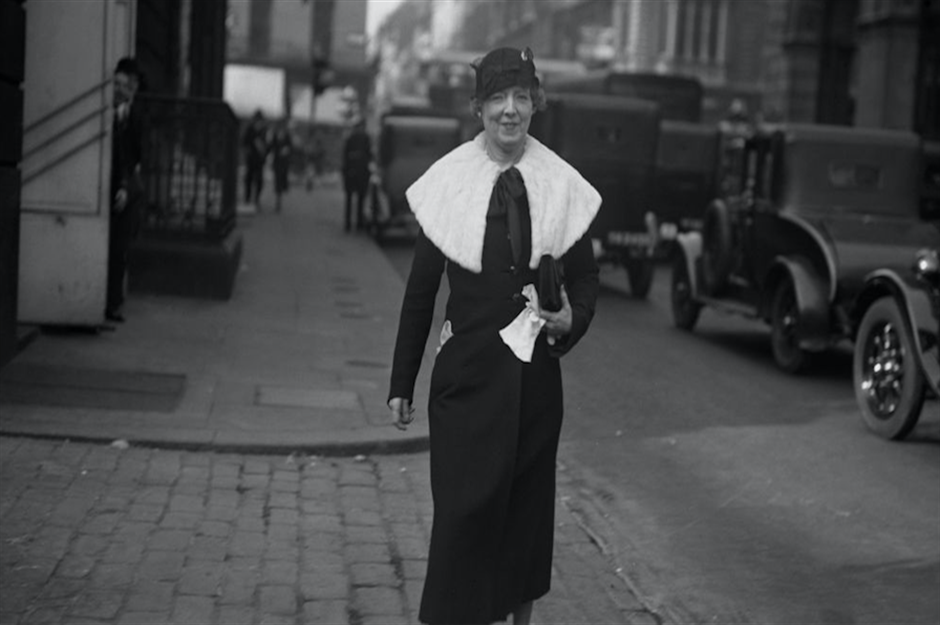
After her move to London, Lady Cunard met and became infatuated with the conductor Sir Thomas Beecham (pictured). The pair began a long-term extramarital affair, much to the annoyance of the novelist George Moore, who had been in love with Maud for many years. Alarmingly, the prime minister at the time, David Lloyd George, considered her dangerous due to her ability to persuade politicians to reveal top-secret information at her parties.
The Baronet died in 1925, and Lady Cunard never remarried. Her lover, Sir Thomas, moved to the US at the beginning of World War II, and she followed him there, setting up home in an expensive New York hotel. However, in 1942, Beecham became engaged to musician Betty Humby, who was 36 years younger than Lady Cunard. Devastated, she moved back to London, taking up residence in the Dorchester Hotel, where she died in 1948 aged 75.
Now discover how five famous old-money dynasties live today
Comments
Be the first to comment
Do you want to comment on this article? You need to be signed in for this feature
Most Popular
Features How Michael Jackson's children boost their bank balances